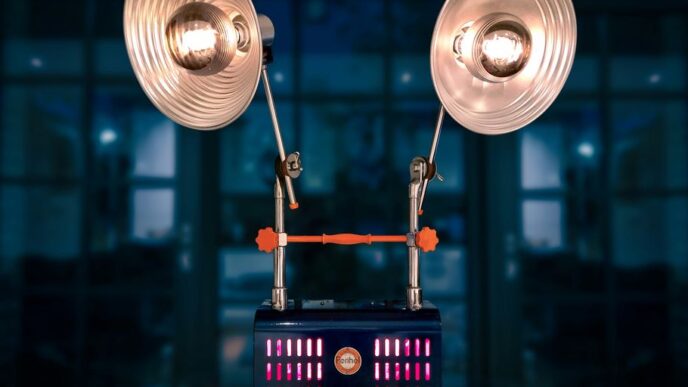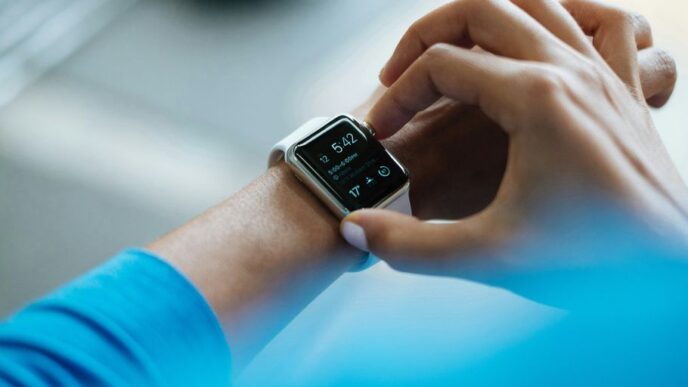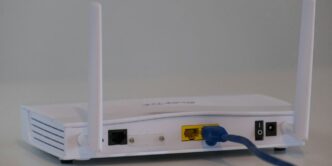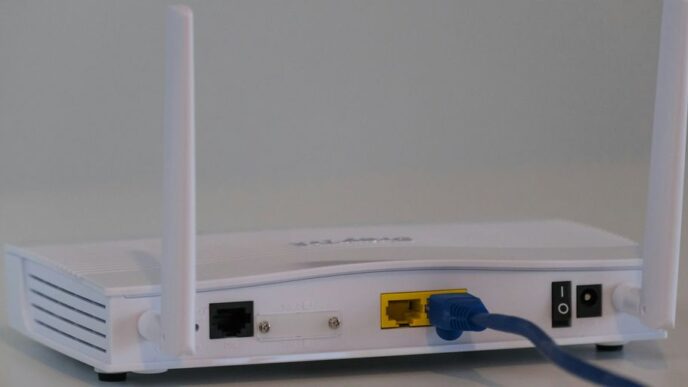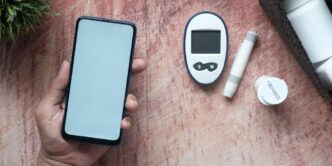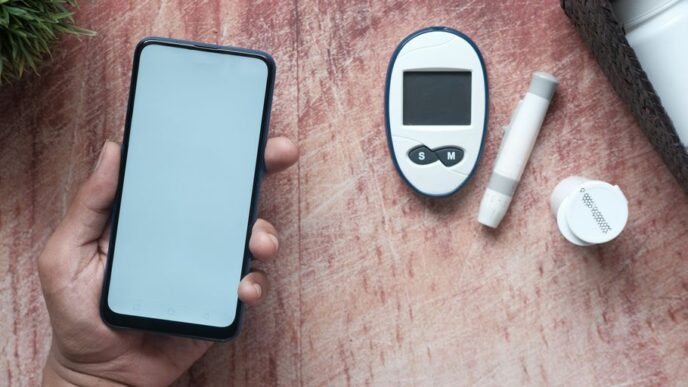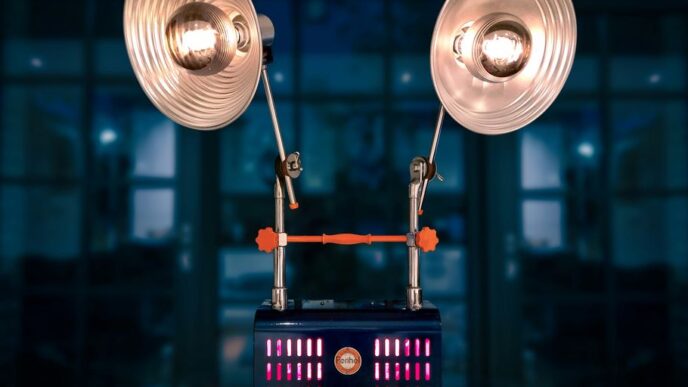The health industry is witnessing an unprecedented transformation with the advent of wearable technology. These tiny devices are revolutionizing the way we monitor and manage our well-being, allowing us to take charge of our health like never before! From tracking your heart rate, sleep patterns, and calorie consumption to reminding you when it’s time for a workout – these gadgets have become essential companions that help us lead healthier lives. Join us as we explore 5 ways in which wearable technology has transformed healthcare as we know it!
Introduction to Wearable Technology
In recent years, wearable technology has become increasingly popular and is now being used in a variety of industries, including healthcare. This type of technology has the potential to revolutionize the health industry by providing doctors and patients with real-time data that can be used to improve care and make more informed decisions.
One area where wearable technology is already having a significant impact is in the realm of fitness and physical activity. Fitness trackers, such as Fitbit and Jawbone, are becoming increasingly popular as people seek ways to monitor their activity levels and improve their health. These devices track a variety of metrics, including steps taken, heart rate, and calories burned, which can be useful for both individuals and healthcare providers.
In addition to fitness tracking, wearable technology is also being used to monitor other aspects of health. For example, there are now devices that can be worn 24 hours a day to measure things like heart rate, blood pressure, and oxygen saturation levels. This continuous monitoring can help identify early signs of illness or disease and allow for prompt treatment. There are also devices that can be used to manage chronic conditions such as diabetes by tracking blood sugar levels and providing reminders to take medication.
As wearable technology continues to evolve, its applications in healthcare will likely grow exponentially. This type of technology has the potential to transform the way we provide and receive healthcare, ultimately leading to improved outcomes for patients.
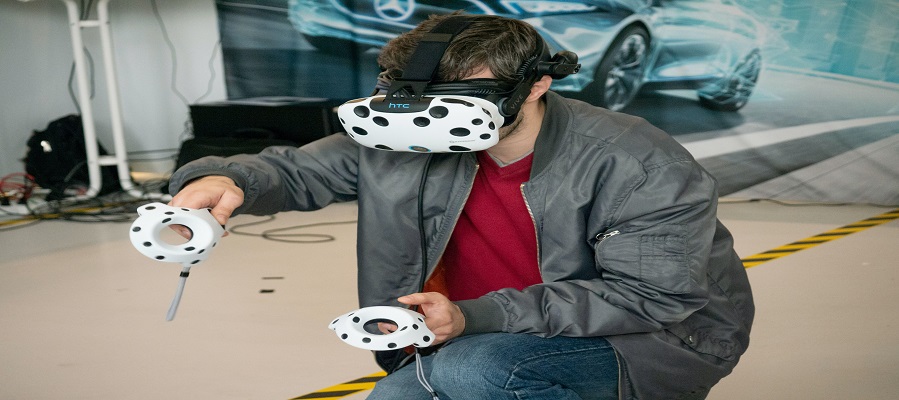
How Wearable Technology is Improving the Health Sector
Wearable technology is having a profound impact on the health sector, improving the quality of care and making it more accessible and affordable. Here are some ways wearable technology is revolutionizing the health industry:
- Wearable technology is improving the quality of care.
- It is making healthcare more accessible and affordable.
- It is helping to prevent and manage chronic diseases.
- It is empowering patients and giving them more control over their health.
- It is improving communication between patients and providers.
- Improved Diagnostics
Wearable technology is changing the way we diagnose and treat health conditions. Here are some ways it is improving diagnostics:
- Wearables can help identify health problems early.
- They can provide more accurate information than traditional methods.
- They can be used to track progress and monitor treatment.
- They can improve communication between patients and doctors.
- They can help reduce costs associated with diagnosis and treatment.
- Monitoring Health Status
Wearable technology has revolutionized the health industry in a number of ways, chief among them being its ability to monitor health status. Wearable devices can track a variety of health metrics, from heart rate and blood pressure to steps taken and calories burned. This data can then be used to identify trends and potential health concerns, allowing for earlier intervention and treatment.
In addition, wearable technology has made it possible for patients to take a more active role in their own health care. By providing real-time feedback on their progress, wearable devices empower patients to make changes in their lifestyle and behavior that can improve their health. For example, a patient with diabetes may use a wearable device to track their blood sugar levels and adjust their diet or medication accordingly.
Wearables are also changing the way doctors and other health care professionals interact with patients. Rather than waiting for office visits or phone calls, doctors can now proactively reach out to patients via text or email when they detect a potential problem. This allows for prompt treatment and prevents minor issues from becoming major problems.
- Connecting Patients and Healthcare Professionals
Healthcare professionals are always looking for new ways to connect with their patients. They want to be able to offer the best possible care and make sure that their patients are getting the most out of their treatments. One way that they are doing this is by using wearable technology.
Wearable technology is a great way for healthcare professionals to keep track of their patients’ health. It can help them monitor vital signs, activity levels, and even sleep patterns. This information can be used to make sure that patients are staying healthy and on track with their treatment plans.
Another way that wearable technology is being used in healthcare is to provide patients with access to their medical records. This can be extremely helpful for people who have complex medical histories or who need to see specialists for their care. Having all of this information readily available can make it much easier for patients to get the care they need.
Perhaps the most exciting way that wearable technology is being used in healthcare is to develop new treatments and therapies. Researchers are now able to use data from wearables to develop personalized medicine approaches that could revolutionize the way we treat disease. This is an exciting area of research that has the potential to change lives.
- Improved Access to Healthcare Services
Advanced wearable technology has brought about a revolution in the healthcare industry by providing improved access to healthcare services. By monitoring medical conditions and communicating with health care providers, patients can receive the care they need without having to physically visit a doctor’s office or hospital. This not only saves time and money, but also allows people to receive treatment in a timely manner, which can improve their overall health and well-being.
- Preventative Care and Disease Management
Wearable technology is changing the way we think about healthcare. In the past, health care has been reactive, only addressing problems after they arise. However, with the advent of wearable tech, we are now able to take a proactive approach to our health, preventing problems before they start.
There are many different ways that wearable tech can help us stay healthy. For example, fitness trackers can help us monitor our activity levels and make sure we are getting enough exercise. They can also track our heart rate and sleep patterns, letting us know if something is amiss.
Wearable tech can also be used to manage chronic conditions such as diabetes. By continuously monitoring glucose levels, these devices can alerts users to potential problems before they become serious. This allows for early intervention and can prevent major health complications down the road.
Wearable tech can also be used as a tool for research. Studies have shown that people are more likely to adhere to treatment regimens when they are being monitored by a device. This means that we can learn more about how certain diseases progress and develop new and better treatments as a result.
3D Imaging Role in Wearable Technology in the Health Industry
3D imaging technology is used in a variety of industries, including healthcare. In the health industry, 3D imaging technology is being used to create wearable devices that can be used to track a patient’s vital signs and collect other data.
This data can then be used by doctors and other healthcare professionals to provide better care for their patients. For example, if a patient is wearing a device that tracks their heart rate, doctors will be able to see if the patient’s heart rate is too high or low. They can then take action to correct the problem.
3D Imaging technology is also being used to create virtual reality (VR) simulations of medical procedures. These simulations can be used to train doctors and other healthcare professionals on how to perform certain procedures. They can also be used to help patients understand what will happen during their procedure.
VR simulations are realistic and allow for a hands-on learning experience that traditional methods, such as textbooks and lectures, cannot provide. By using VR simulations, doctors and other healthcare professionals can gain a better understanding of how to perform procedures before they ever have to do them on a real patient.
3D imaging technology is revolutionizing the health industry and making it possible for doctors and other healthcare professionals to provide better care for their patients.
Potential Challenges of Wearable Technology
Wearable technology has the potential to revolutionize the healthcare industry by providing patients with real-time data on their health and fitness. However, there are several potential challenges that need to be addressed before wearable technology can truly have a transformative impact on healthcare.
First, the accuracy of wearable devices is often questioned. While some devices are highly accurate, others are not, and this can lead to confusion and frustration for users. It is important for manufacturers to continue to improve the accuracy of their devices, as well as provide clear instructions on how to use them correctly.
Second, privacy and security concerns must be addressed. Wearable devices generate a lot of data about our personal health and fitness, which raises questions about who owns this data and how it will be used. There needs to be a clear understanding of how this data will be collected, stored, and used by both patients and healthcare providers.
Third, the cost of wearable technology is another potential barrier to widespread adoption. Many wearable devices are still quite expensive, making them unaffordable for many people. Manufacturers need to continue working on reducing the cost of these devices so that they are more accessible to everyone.
Fourth, some people may simply be resistant to change or unwilling to adopt new technologies. Healthcare providers need to find ways to encourage patients to embrace wearable technology and use it to improve their health.
Conclusion
Wearable technology has proven to be a useful and powerful tool in transforming the health industry. Not only does it facilitate easier data acquisition for clinicians, but also provides timely feedback to patients concerning their daily activities that can help them stay on track with their health goals. As this technology continues to become more widespread and further developed we can expect even better healthcare experiences for all involved as well as potential breakthroughs in our understanding of how illness works and how it should best be treated.



